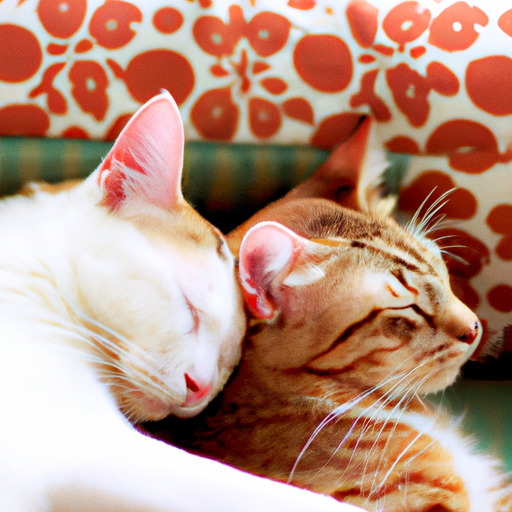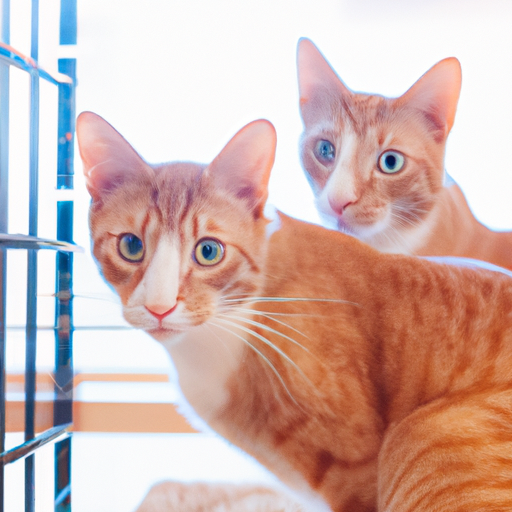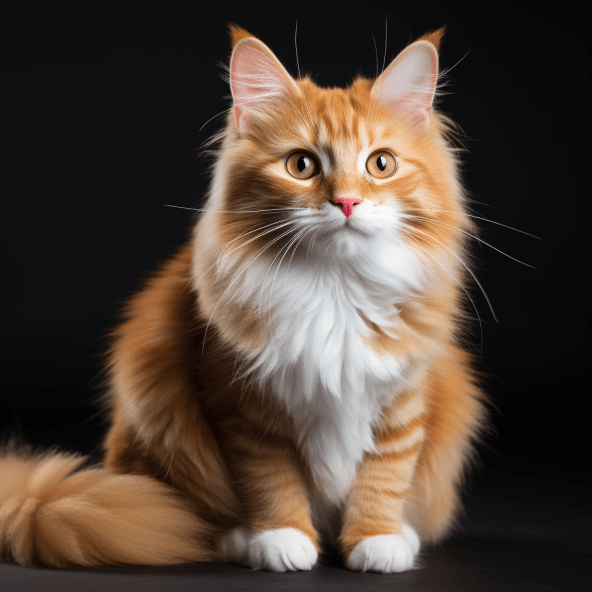What Is A Group Of Cats Called?
In this article, you’re about to experience a delightful intellectual adventure. You are going to learn all about something so simple, yet so intricate. Brace yourself as you immerse yourself in the realm of feline terminology. The highlight of your journey will be unearthing the answer to the intriguing question – “What is a group of cats called?” Set out on this fascinating exploration of the lesser-known, but immensely intriguing, language of cats. This is an exotic trail you wouldn’t want to miss!

Background of Cat Terminology
Before we dive into the nitty-gritty of cat terminology, let’s establish some background knowledge. You’ve probably heard of a flock of sheep, a school of fish, or a herd of deer. But have you ever wondered why animals groups have such distinctive names?
Evolution of Animal Group Names
Terms for animal groups actually have very intricate histories. They reflect the deep connection and fascination humans have always had with the animal kingdom. One of the earliest records of group names can be traced to the 15th century, in the form of “Book of Saint Albans,” an English publication that cataloged and christened the various collectives within the animals.
Derivation of Cat Group Name
Interestingly enough, cats managed to get their own unique term. A group of cats isn’t referred to as a herd, flock or school. Instead, it’s a “Clowder.” Now you may be wondering, where did that term originate from?
Definition of A Clowder
The term “clowder” has a captivating history. It encapsulates the unique attributes of feline behavior within groups and cultural perceptions of cats.
Origins of the Term Clowder
The term “clowder” finds its roots in the late 18th century. It is derived from the word “clotter,” meaning to coagulate or group together. Given cats’ penchant for close-knit lounging and often inseparable bonds with one another, the term “clowder” perfectly captures their collective demeanor.
Present-day use of the Term Clowder
Nowadays, the term “clowder” is commonly used by cat enthusiasts, owners, and feline welfare groups to refer to a group of cats. It helps to showcase the unique communal behavior of cats and their mysterious allure that’s so distinct from that of other animals.
Alternatives to the Term Clowder
While “clowder” is a commonly used term, there are other terms to describe a group of cats. Let’s introduce them one by one.
Glaring: An Alternative Term
“Glaring” is one such alternative term used to describe a group of cats. Derived from the foreboding and steely gaze that felines are often associated with, “glaring” can be used to refer to a group of cats, particularly if they are somewhat unfriendly to each other or intruders.
Pounce: The Playful Term
Should a group of kittens be scampering around, it can be referred to as a “pounce.” As most of us know, kittens are famous for their playful and often mischievous behavior, pouncing on anything that moves. Therefore, a “pounce” of kittens is quite a fitting description.
Destruction: The Oddly Fitting Term
For a group of kittens, another term that often raises eyebrows is a “destruction.” While humorous, it can oddly be an appropriate term considering the havoc that a bunch of playful, curious kittens can wreak in terms of shredded curtains or toppled flower vases.
Interactions among Cats in a Group
Now you know the terms, let’s discuss how cats actually interact when they’re in a group.
Feral Cat Colonies
Feral cats often form colonies where they share a common territory. The colony can vary in size from a few individuals to several hundred cats. They establish a social hierarchy and often take collective responsibility in hunting, grooming, and nurturing kittens.
Domestic Cat Interactions
Domestic cats, while more docile, retain their hierarchical instincts. Dialogue between cats may be less evident compared to dogs, but a closer look reveals that they communicate profoundly through subtle gestures like ear movements and tail flicks, or through vocalizations and scent marking.
Hierarchical Order in Cat Groups
Whether feral or domesticated, cats in a group tend to exhibit a hierarchical order. Dominant cats occupy higher positions in the hierarchy, granting them priority in access to resources like food or prime sleeping spots.

Difference between Grouped and Solitary Cats
Not all cats are comfortable living in clowders or colonies. Some prefer solitude.
Instincts of Solitary Cats
Some cats are solitary by instinct. They tend to be more territorial and prefer to carry out most of their activities alone, like hunting or explorative ventures.
Social Needs of Grouped Cats
Contrary to solitary cats, grouped cats tend to have higher social needs. They rely on their clowder for the warmth, security, companionship, and mutual grooming.
How Various Cultures Perceive Cat Groups
Cats in groups have elicited different reactions from different cultures.
European Superstitions on Cat Groups
In European folklore, a clowder of black cats is often associated with witches, symbolizing misfortune or sorcery. This stigma still casts a shadow on black cats today, making them less likely to be adopted.
Asian Perceptions of Cat Groups
Contrarily, in several Asian cultures, cats are seen as symbols of good luck and prosperity. A group of cats is highly favored and considered a harbinger of fortunate events.
African Totemism involving Cat Groups
African totemism gives spiritual significance to cat groups, often associating them with protection and guidance. Ancient Egyptians even worshipped cat goddesses, and their depictions usually involved groups of these sacred animals.
Impact of Various Group Names on the Perception of Cats
Specific group names often shape how we perceive cats.
Influence in Popular Culture
In popular culture, terms like “clowder” and “glaring” sometimes feed into stereotypical images of cats as mysteriously aloof or standoffish. A “destruction” of kittens can bring to mind mischievous or trouble-making felines.
Connotation of group Names such as ‘A Destruction’
Darker terms such as a “destruction” might cast a negative light on feline behavior, making kittens seem overly destructive or difficult to manage.
Role of Cat Groups in Feline Welfare
Understanding cat groups is crucial to feline welfare.
Rescue and Rehabilitation of Feral Cat Colonies
In feral cat colonies’ rescue and rehabilitation, it’s key to maintain the clowder’s familiar group structure as much as possible to reduce stress and expedite the recovery process.
Importance of Group Structure to Domestic Cats
Within domestic cat groups, understanding the social hierarchy can inform better feeding, play, and resting arrangements, contributing to a harmonious environment and better health for your feline friends.
Behavior Studies on Feline Groups
Behavior studies on clowders have proven significant in various aspects.
Improvement of Pedigree Breeding
Group behavior studies have been used to improve pedigree breeding, helping breeders select cats that can thrive and reproduce successfully in a group environment.
Usage of Group studies for Feline Comfort Products
The studies have also informed the design of feline comfort products like multi-cat tree houses and group feeding stations, thus making cohabitation more enjoyable and less stressful for your cats.
Why Cat Groups are not called ‘herds’, ‘packs’ or ‘flocks’?
Taking a step back, you might be wondering: Why aren’t cat groups called ‘herds’, ‘packs’ or ‘flocks’?
Distinct Nature of Cat Groups
It’s because cat groups have a distinct nature that separates them from these other groups. Unlike herding or pack animals, cats are primarily solitary hunters that form social groups for practical purposes rather than out of instinctual drive.
Reasons rooted in Linguistics
Also, the terms like ‘herd’, ‘pack’ or ‘flock’ have certain implications that do not align with the behavior, character, or aura of cats. Linguistics, rooted in cultural perceptions and experiences with different animals, has played a significant role in how animals’ collectives are named.
By now, it’s clear that cat groups – whether they’re a clowder, glaring, pounce, or even a destruction – represent an intriguing aspect of feline behavior. They reflect our deep-seated fascination and interaction with these mysterious and captivating creatures. Plus, the next time you see a group of cats, you’ll know exactly what to call them!







